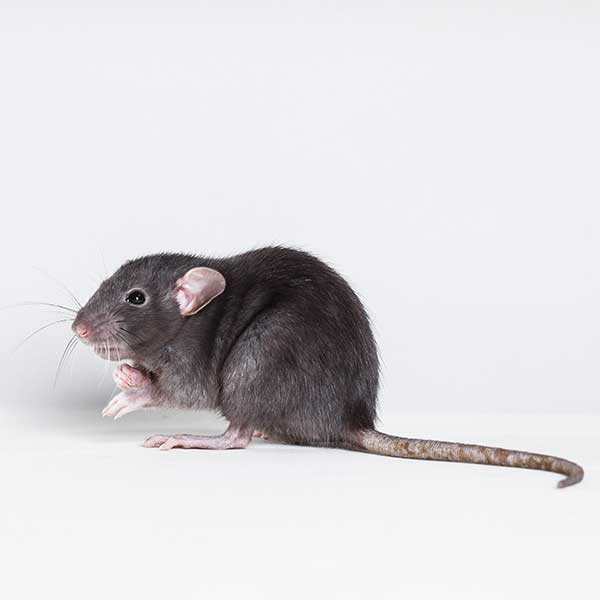Roof Rat Nesting Habits

Roof rats prefer to build their nests and live in dense cover and shadows of thick shrubbery vine covered trees power lines and fences.
Roof rat nesting habits. During the day roof rats will hide in their shelters and will commence their search for food and water after the onset of twilight. Roof rats are primarily nocturnal and thrive in cool weather. A rat nest looks like any other tiny mammals such as bird s nest. Look closely in areas such as your attic garage and patio.
The roof rats usually enter a house or a garage to seek shelter from predators and don t need a large hole or place of entrance since they can gnaw their way in through metals such as aluminium wood plastic and even drywall or climb their way in through foliage wires pipelines etc. If you suspect that you might have a roof rat take a tour around your property and look for potential nesting spots. A rat nest is where rats mate and copulate so we can call it their love nest also. The primary use of rat nest is as the nursing home for rat s offspring.
Common species like norway and roof rats make their way into residences warehouses sewers barns and stores by living in close proximity to people. Ironically baby rats are called kittens too. Roof rats signs of an infestation. Human homes are attractive to wild rats because they provide heat food and a place to.
Keeping roof rats out is therefore a difficult task. Females become sexually mature in 68 90 days with 5 8 pups. Dense vegetation lush. Rats habits and biology the roof rats become sexually mature in just a couple months.
They like to nest above ground compared to other types of rats that nest underground in burrows. Attic rats nest in the insulation. They forage for food in small groups of up to ten. Roof rat behavior habits are roof rats nocturnal.
They will nest in trees attics voids. In dense populations these rodents will establish a social hierarchy wherein dominant males mate more than subordinate males. Some other common outdoor nest locations include the following places. I have seen rats nests in walls chimneys vents attics under eaves crawlspaces and a myriad of other places.
There are many key indicators of a roof rat infestation in the home. Rats typically nest in urban or suburban areas if access to food water and shelter can be acquired. Roof rats become sexually mature between two and five months producing four to six litters per year that consist of six to eight young each. The dead fronds of thick palm trees thick vegetation that grows over fences and utility lines.
Because the roof rats climb well common nesting sites are above the ground. Roof rats are nocturnal in nature. Roof rats live in colonies and. They ruin insulation by chewing it matting it down and peeing and crapping all over it.











































